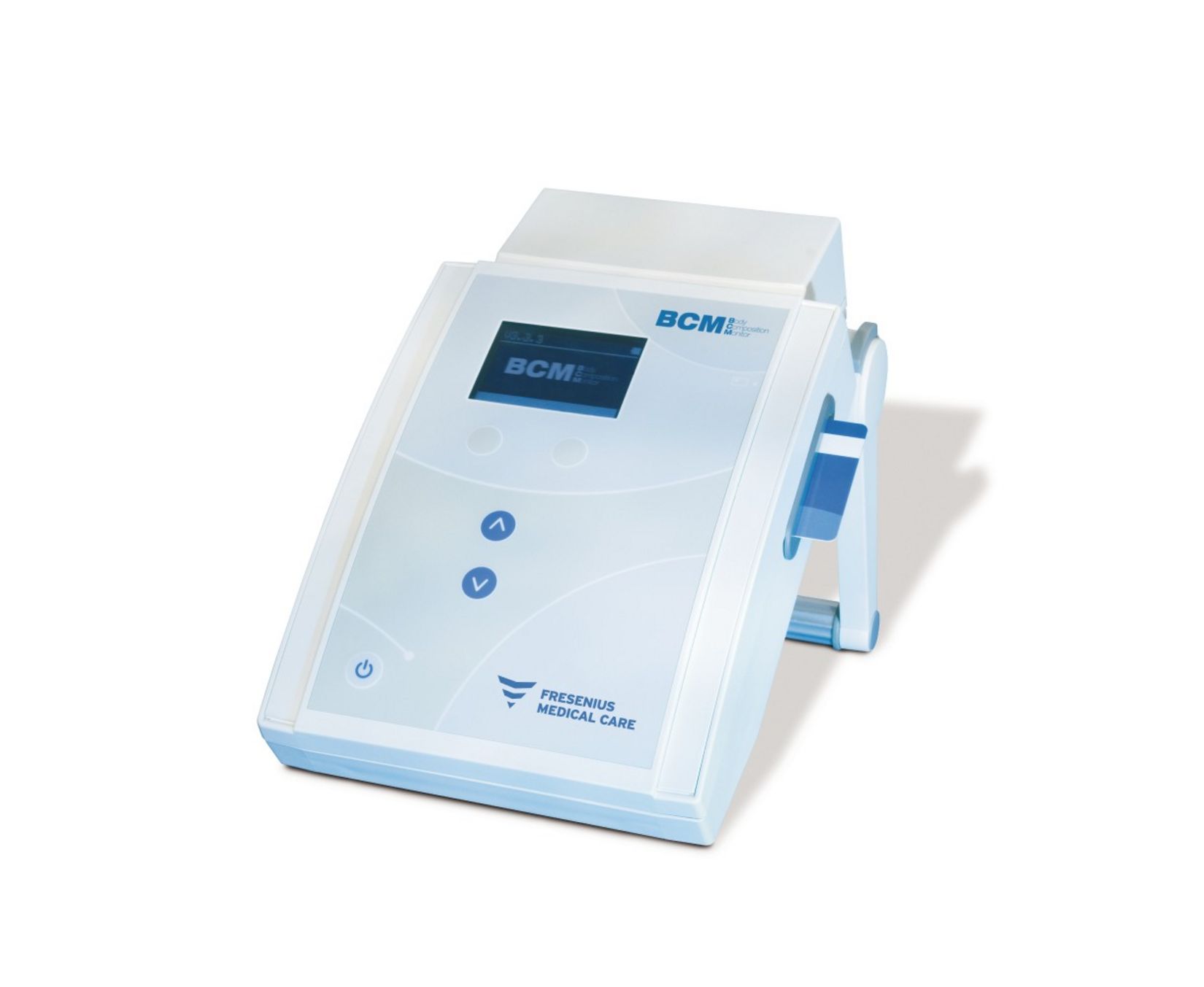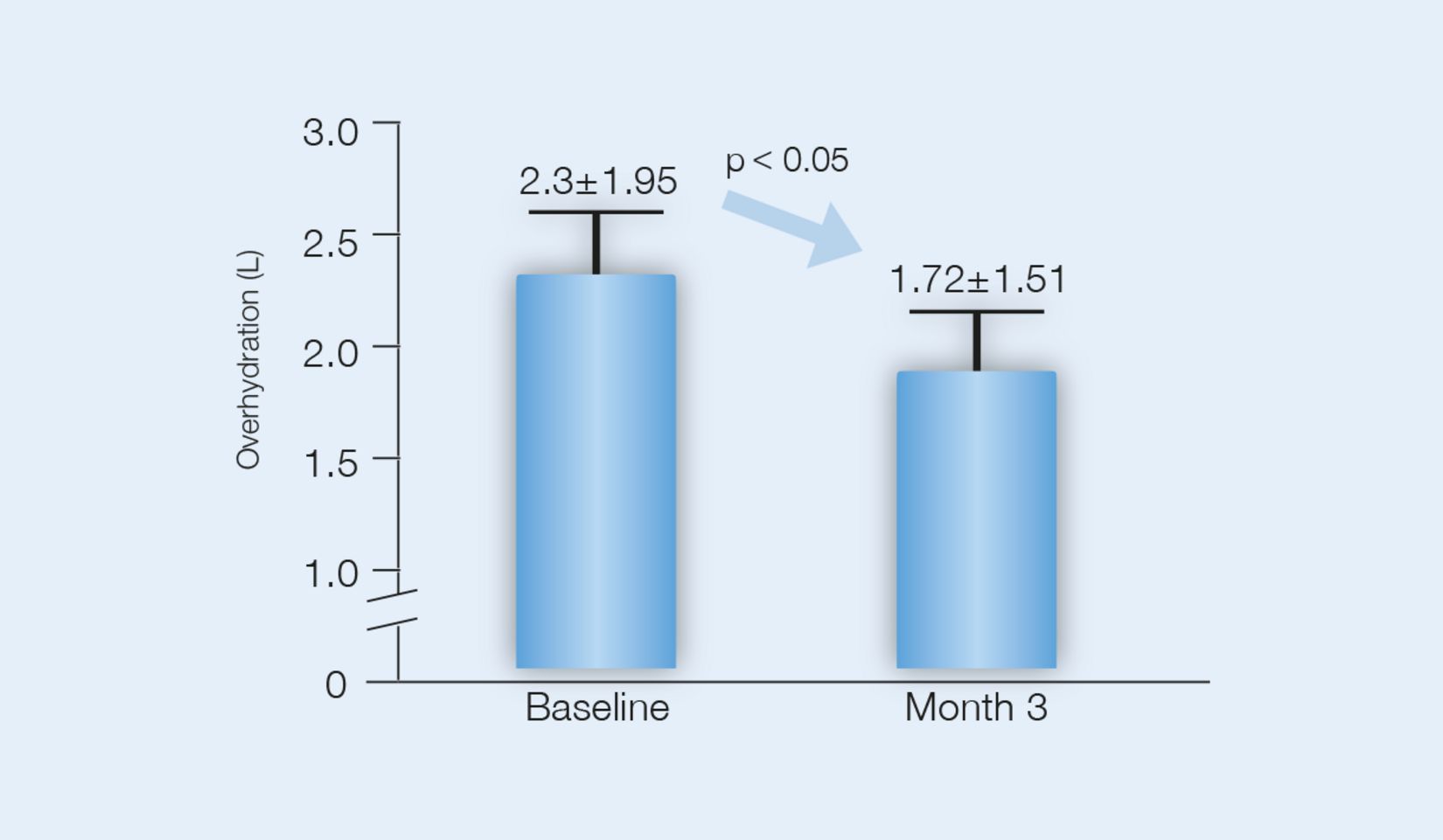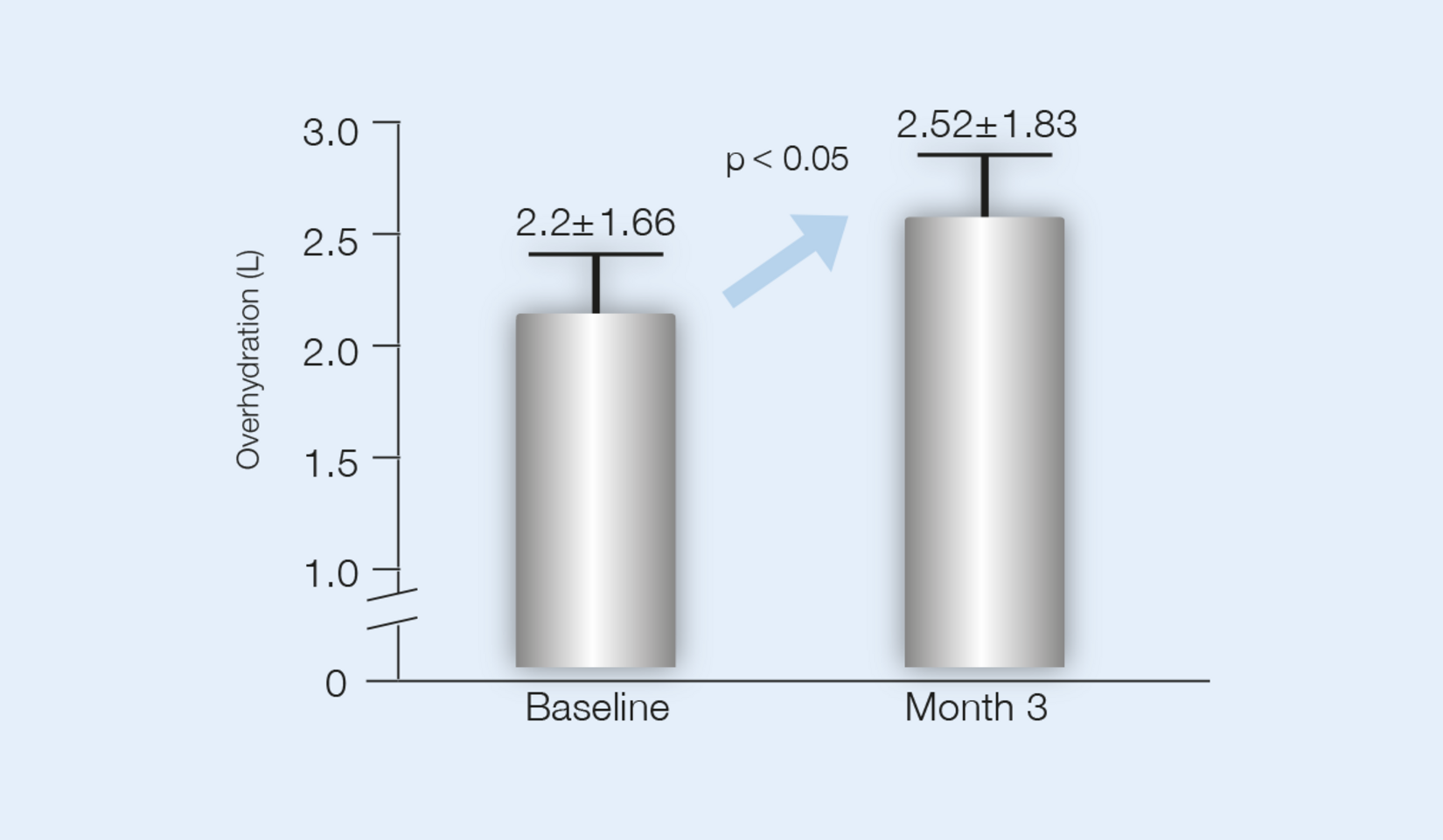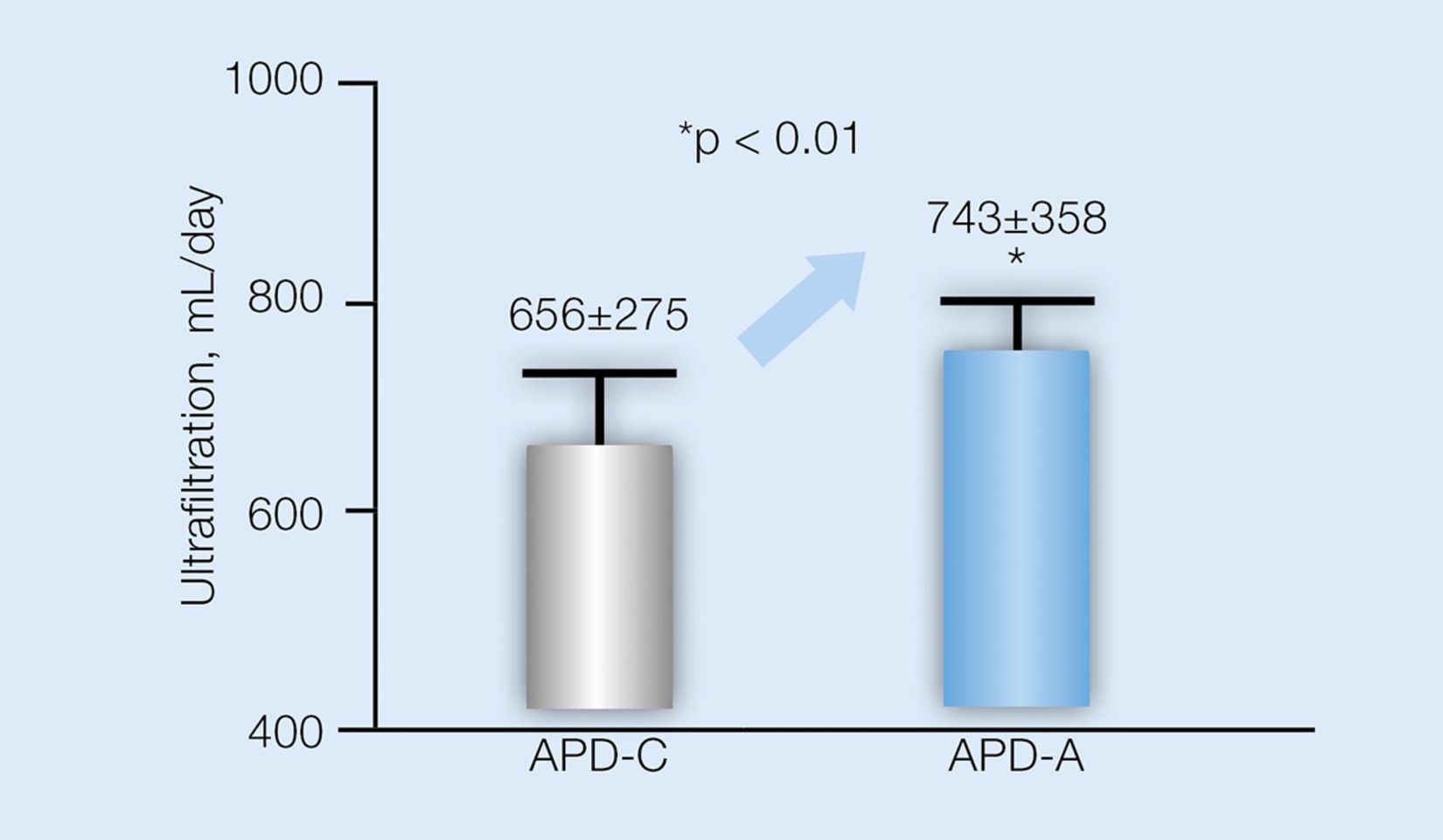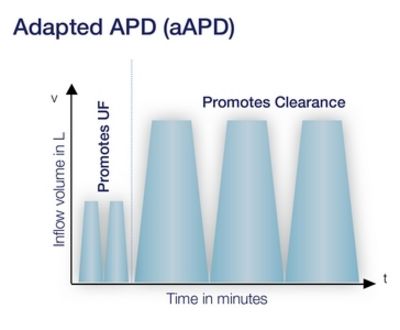1 Van Biesen W, Williams JD, Covic AC, Fan S, Claes K, et al. (2011) Fluid Status in Peritoneal Dialysis Patients: The European Body Composition Monitoring (EuroBCM) Study Cohort. PLoS ONE 6(2): e17148. doi:10.1371/journal.pone.0017148
2 Luo Y, Lu X, Woods F, Wang T. Volume Control in Peritoneal Dialysis Patients Guided by Bioimpedance Spectroscopy Assessment. Blood Purification 2011;31:296-302.
3 Fischbach M, Issad B, Dubois V, and Taamma R. The beneficial influence on the effectiveness of automated peritoneal dialysis of varying the dwell time (short/long) and fill volume (small/large): randomized controlled trial. Peritoneal Dialysis International 2011; 31(4):450-8.
4 Kim S, Oh J, Kim S, Chung W, Ahn C, Kim SG, Oh KH. Benefits of biocompatible PD fluid for preservation of residual renal function in incident CAPD patients: a 1-year study. Nephrol Dial Transplant 2009;24(9):2899-90.
5 Haag-Weber M, Krämer R, Haake R, Islam MS, Prischl F, Haug U, Nabut JL, Deppisch R. Low-GDP fluid (Gambrosol trio) attenuates decline of residual renal function in PD patients: a prospective randomized study. On behalf of the DIUREST Study Group. Nephrology Dialysis Transplantation 2010;25(7):2288-96.
6 Williams JD, Topley N, Craig KJ, Mackenzie RK, Pischetsrieder M, Lage C,Passlick-Deetjen J; Euro Balance Trial Group. The Euro-Balance Trial: the effect of a new biocompatible peritoneal dialysis fluid (balance) on the peritoneal membrane. Kidney International 2004;66(1):408-18.
7 Weiss L, Stegmayr B, Malmsten G, Tejde M, Hadimeri H, Siegert CE, Ahlmén J, Larsson R, Ingman B, Simonsen O, van Hamersvelt HW, Johansson AC, Hylander B, Mayr M, Nilsson PH, Andersson PO, De los Rios T. Biocompatibility and tolerability of a purely bicarbonate-buffered peritoneal dialysis solution. Peritoneal Dialysis International 2009;29(6):630-633.
8 Rippe B, Simonsen O, Heimbürger O, Christensson A, Haraldsson B, et al. Long-term clinical effects of a peritoneal dialysis fluid with less glucose degradation products. Kidney International 2001;59(1):348-57.


